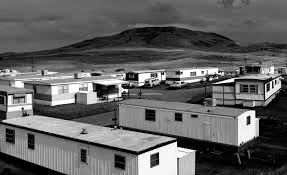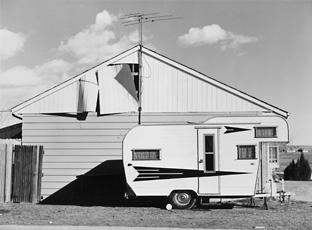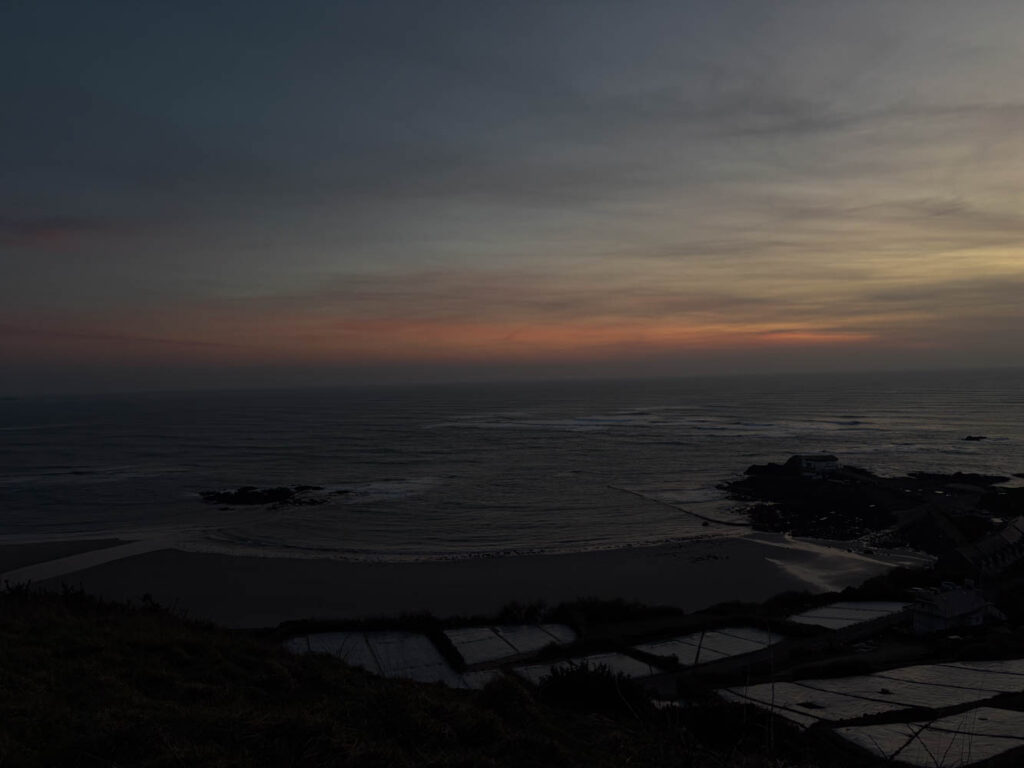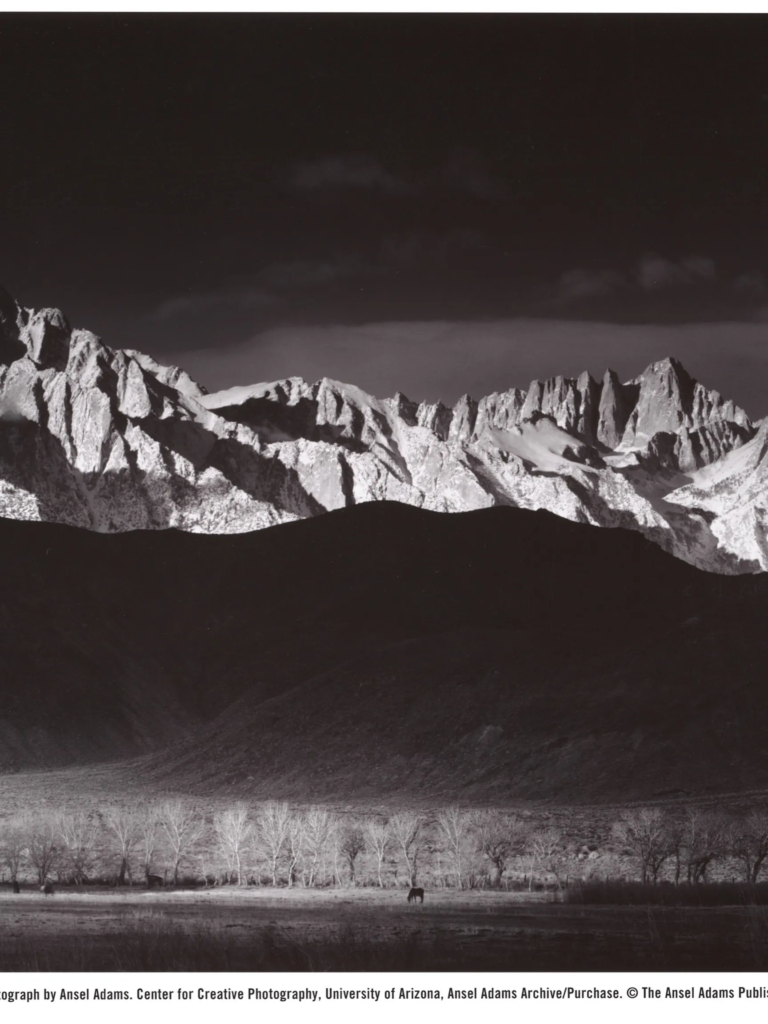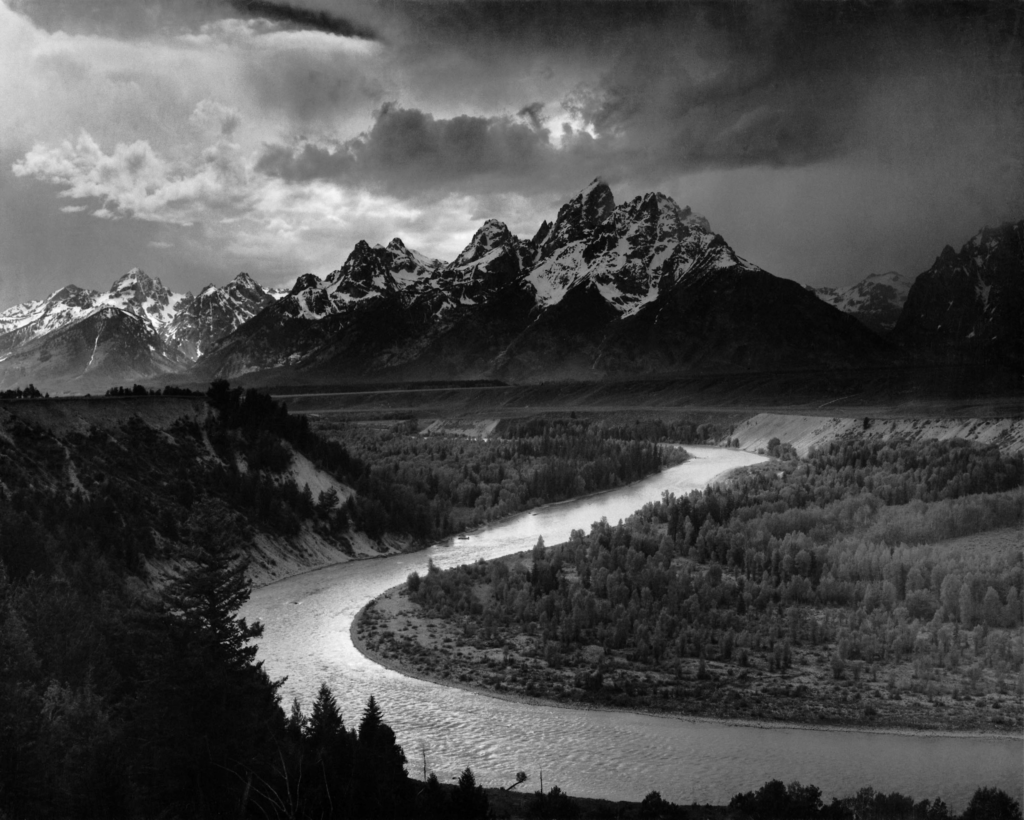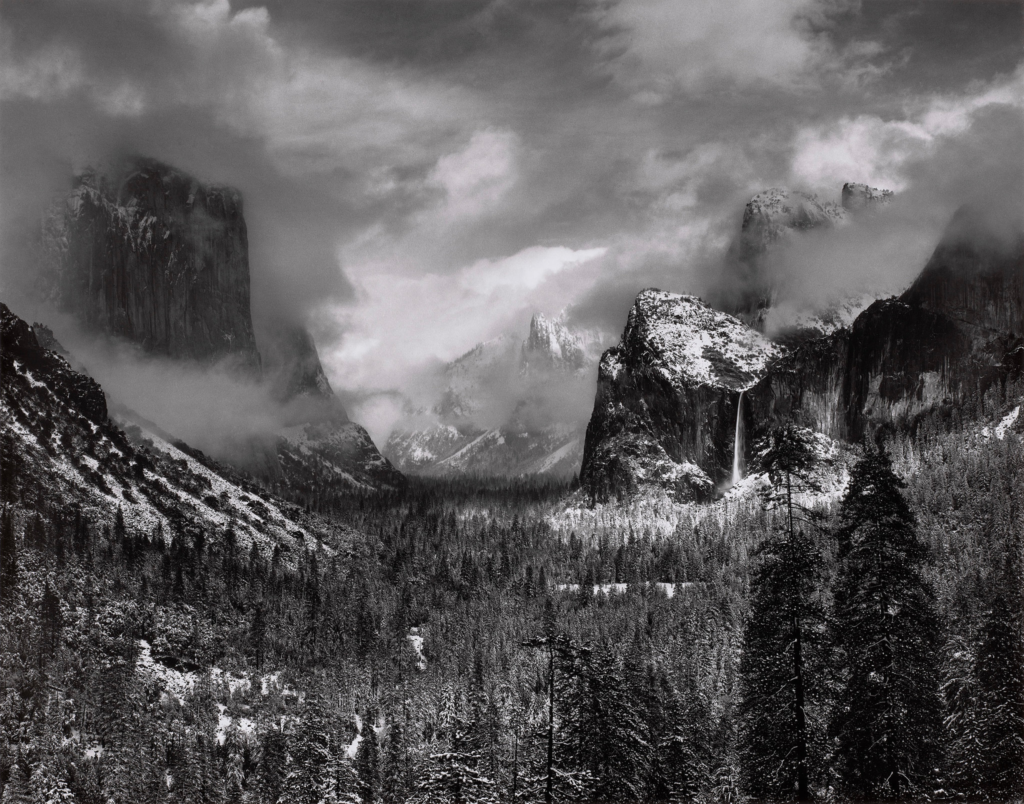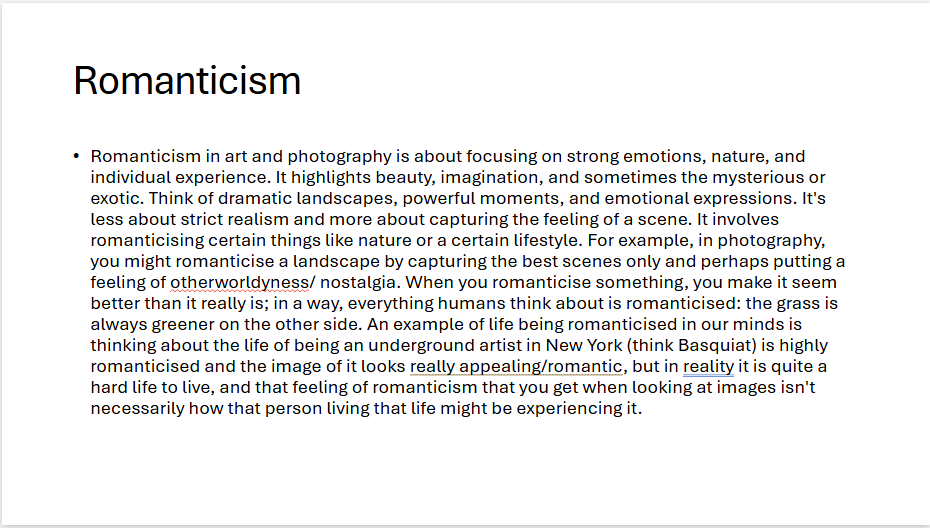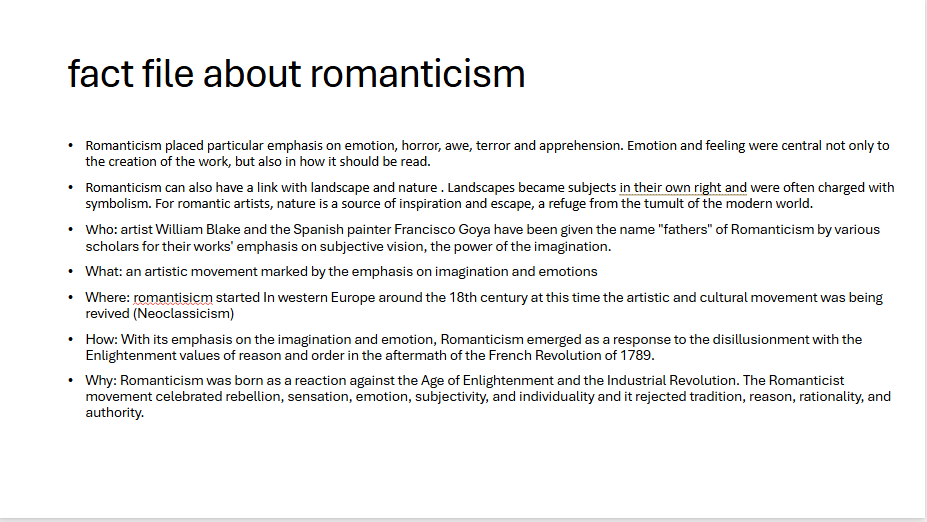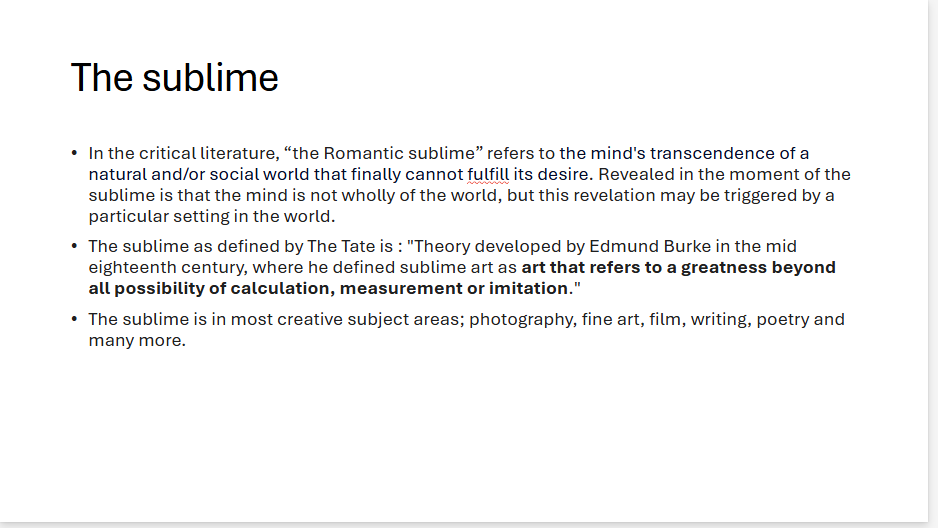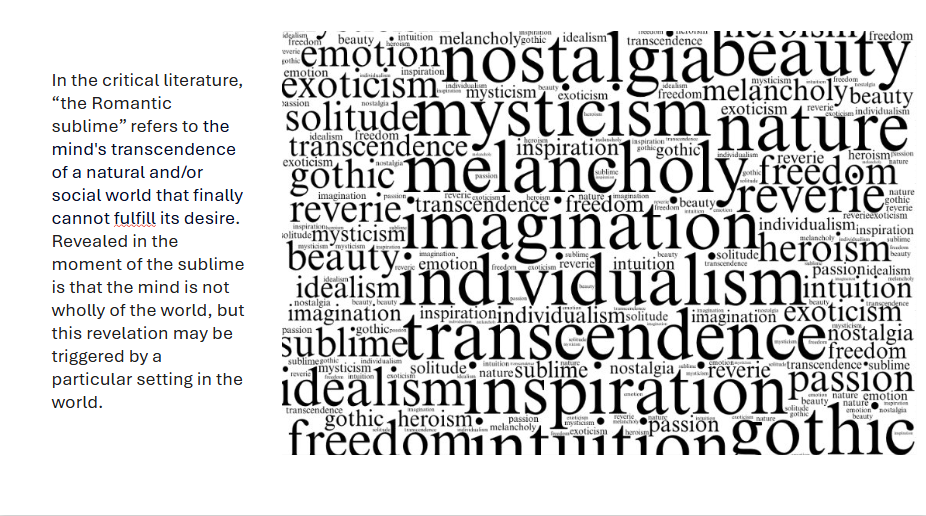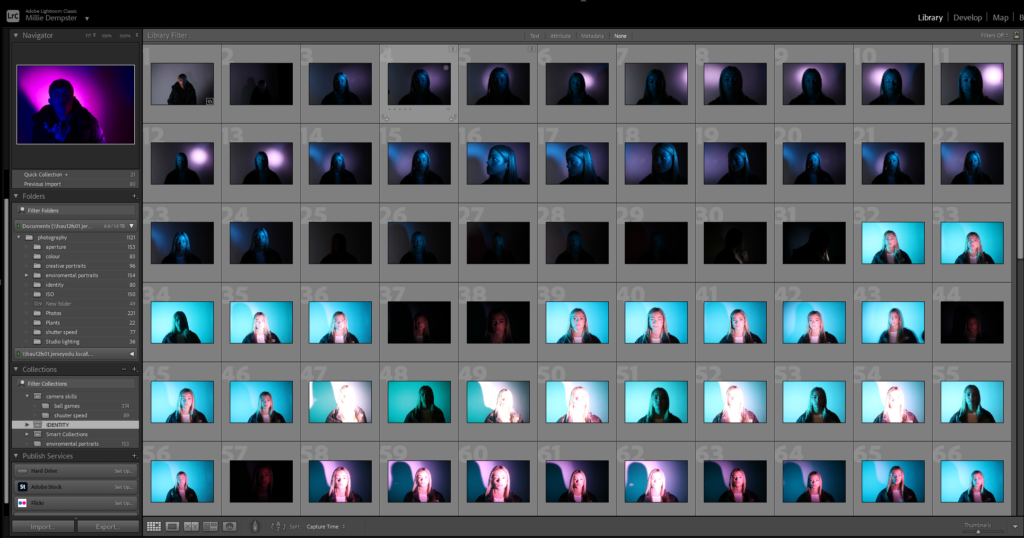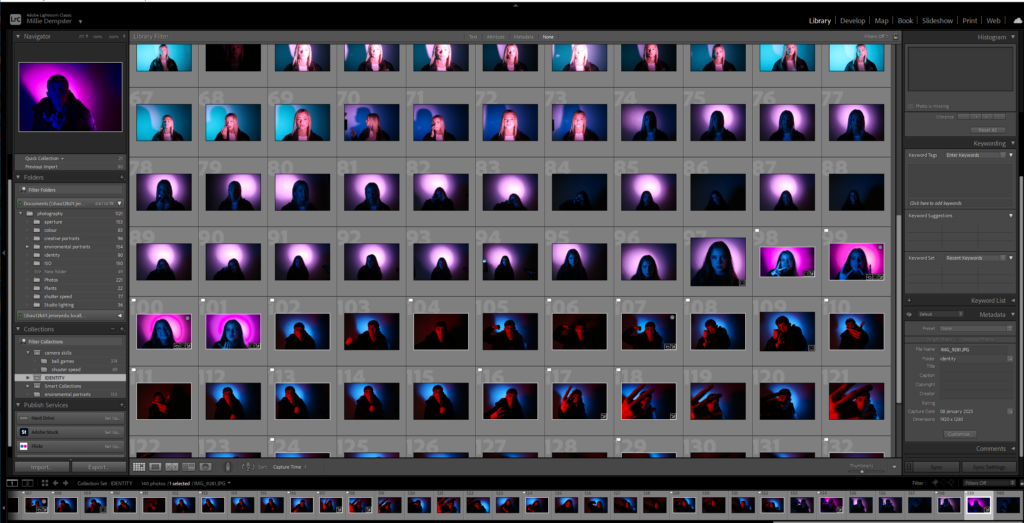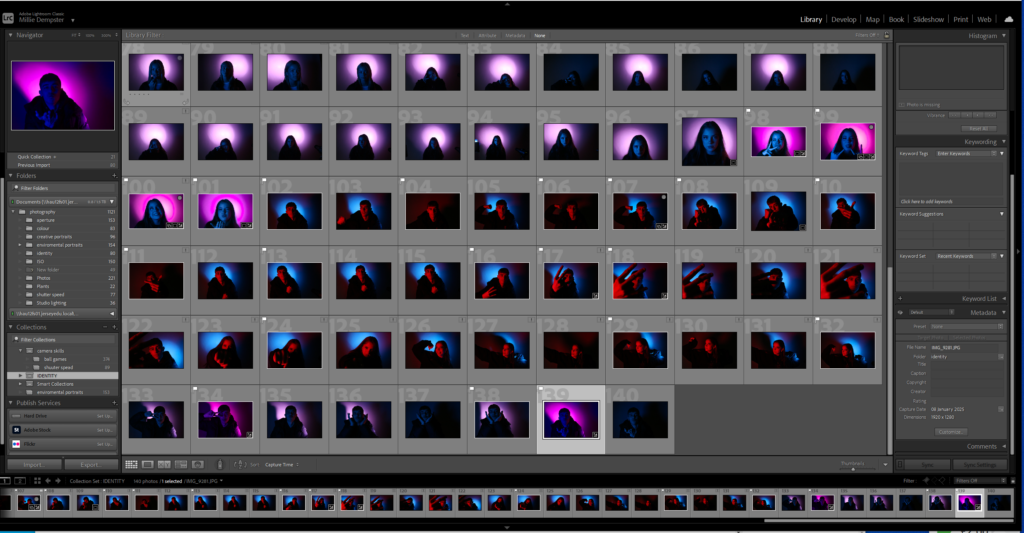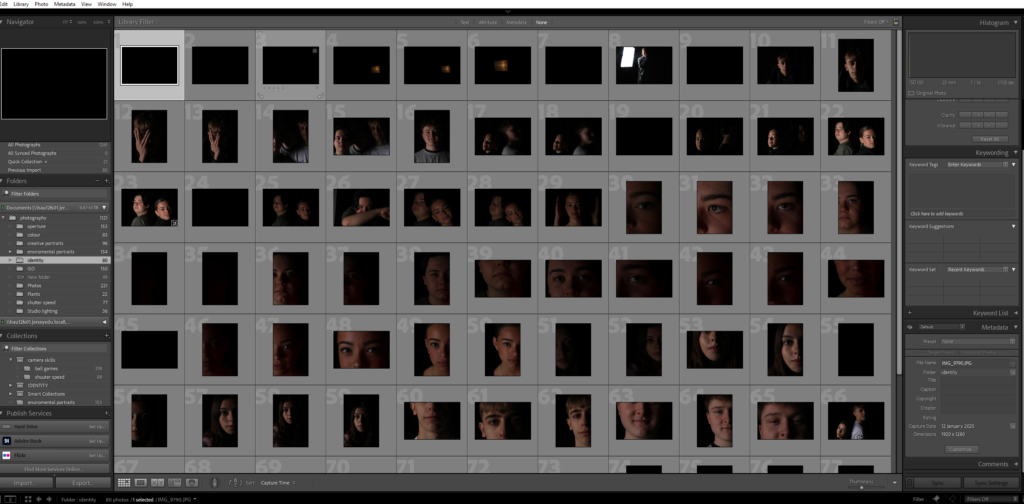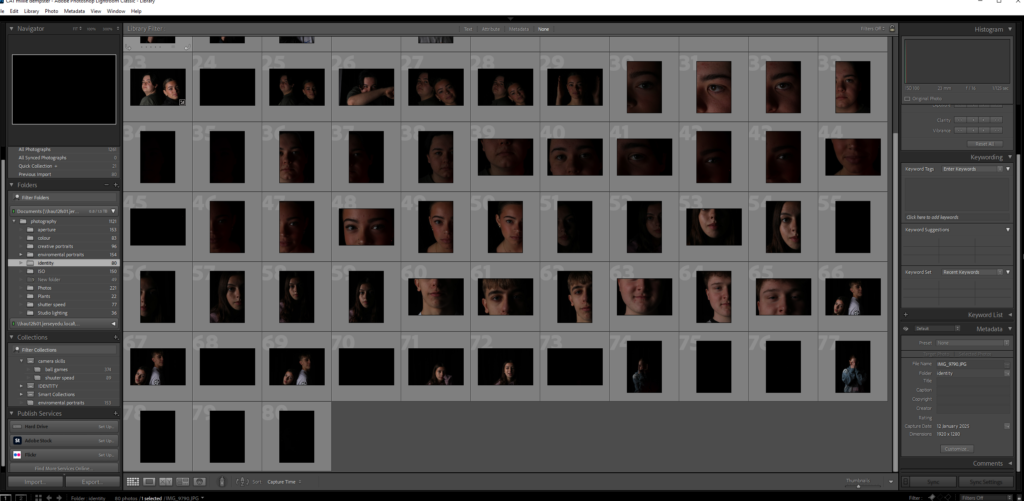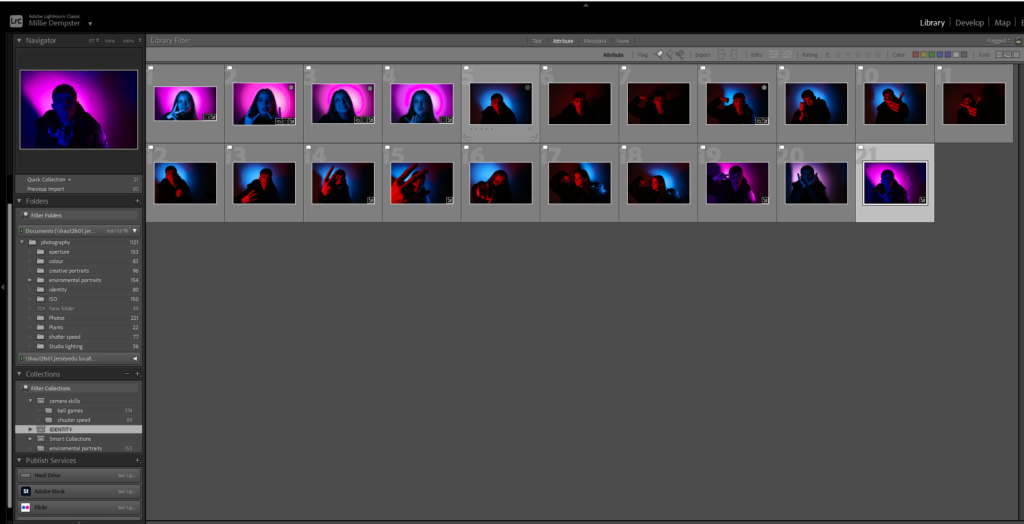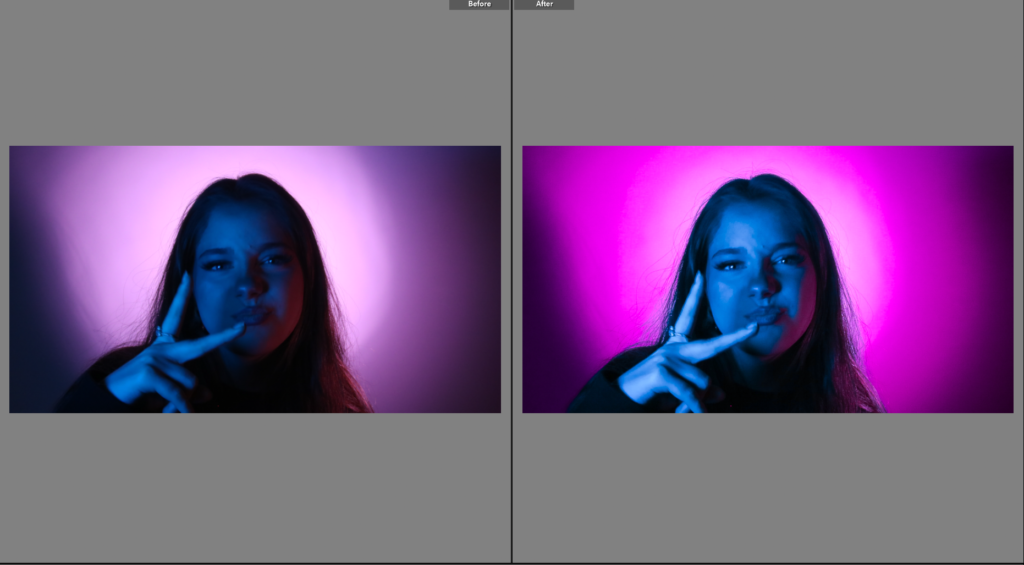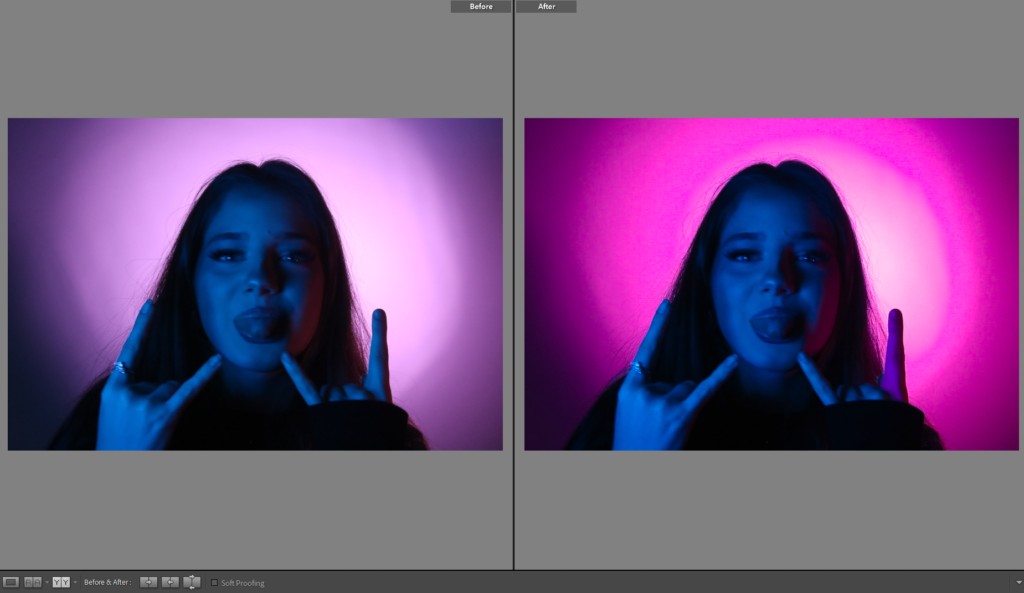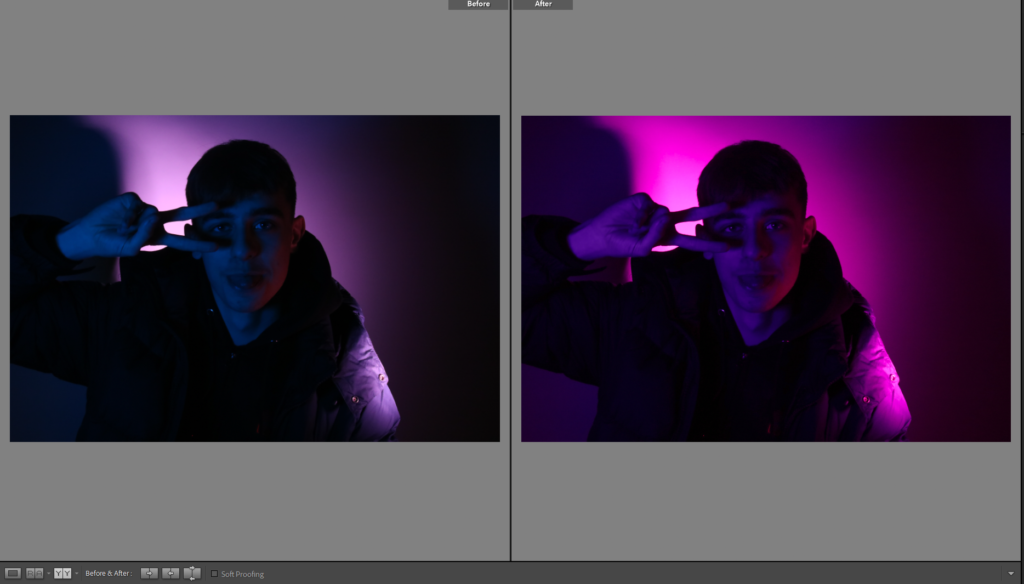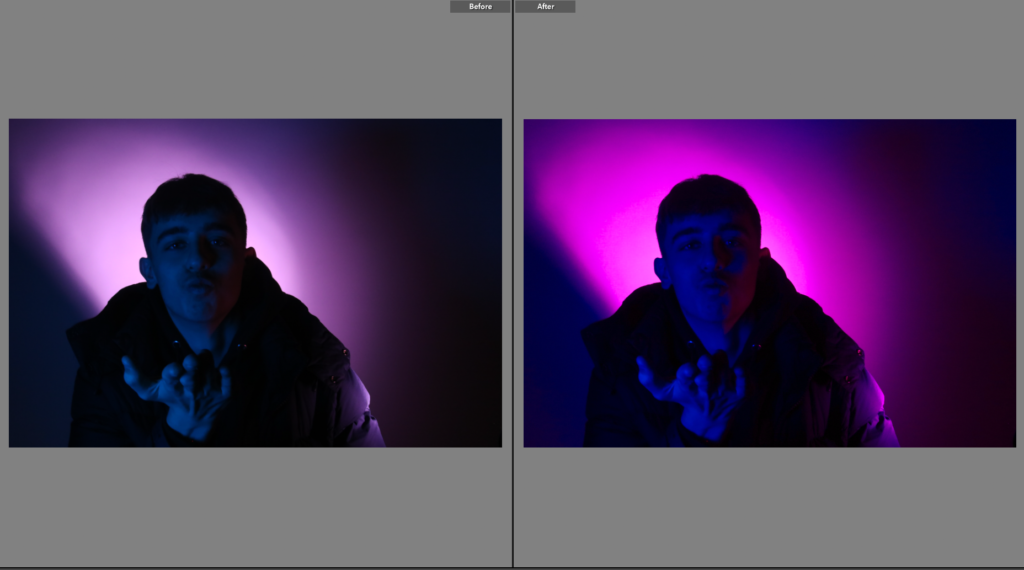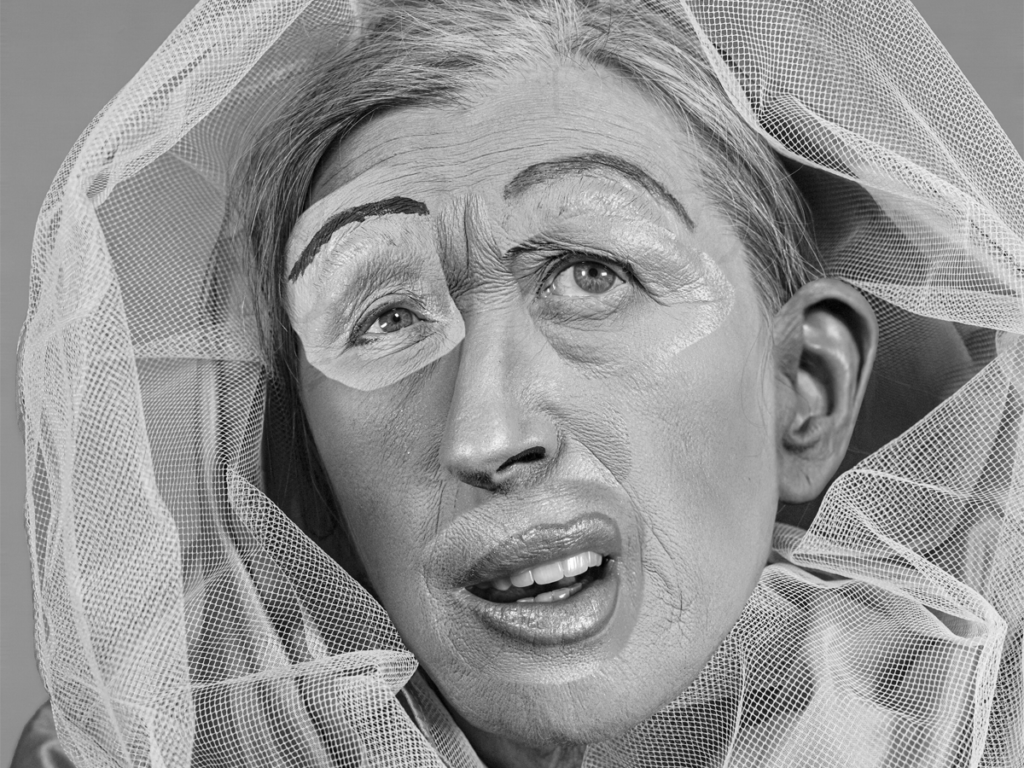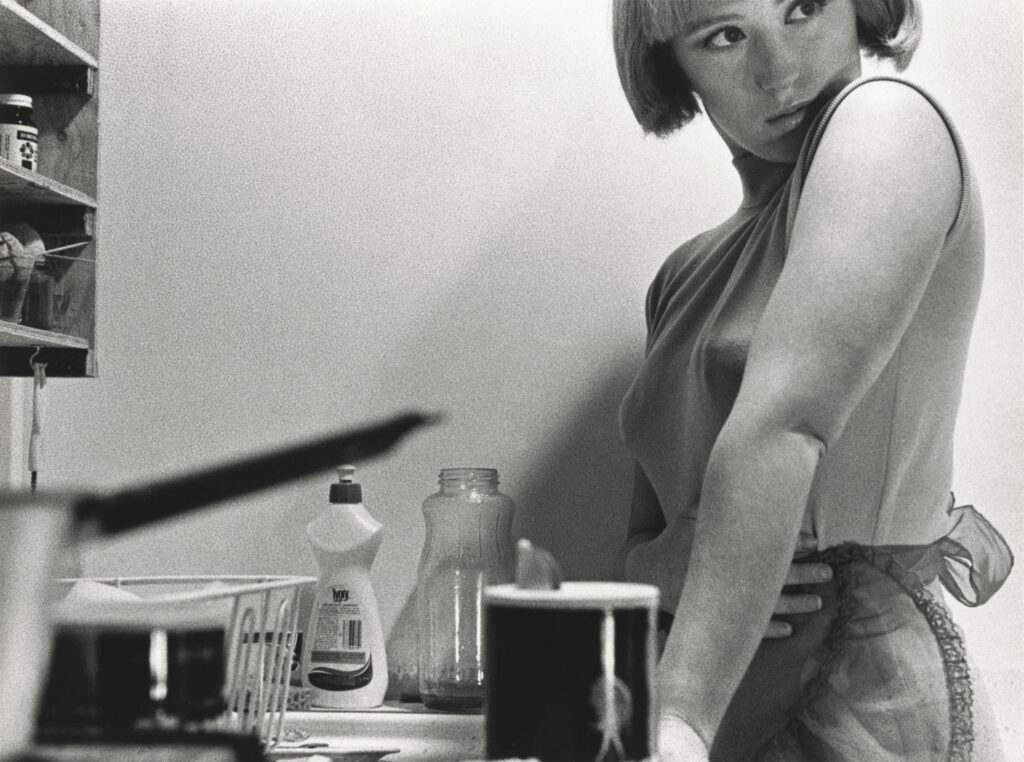Femininity: Femininity (also called womanliness) is a set of attributes, behaviours, and roles generally associated with women and girls. Femininity can be understood as socially constructed and there is also some evidence that some behaviours considered feminine are influenced by both cultural factors and biological factors. To what extent femininity is biologically or socially influenced is subject to debate. It is conceptually distinct from both the female biological sex and from womanhood, as all humans can exhibit feminine and masculine traits, regardless of sex and gender.
What does it mean to be feminine? Traits such as nurturance, sensitivity, sweetness, supportiveness, gentleness, warmth, passivity, cooperativeness, expressiveness, modesty, humility, empathy, affection, tenderness, and being emotional, kind, helpful, devoted, and understanding have been cited as stereotypically feminine.
What are negative feminine traits? Typical negatively feminine traits, referred to as unmitigated communion or unmitigated expressiveness within the literature, are those of being overly submissive, passive, anxious, excessively worried, dependent, fearful and also overly concerned with the welfare of others to the detriment of one’s own well-being.
Masculinity :Masculinity (also called manhood or manliness) is a set of attributes, behaviours and roles associated with men and boys. Masculinity can be theoretically understood as socially constructed and there is also evidence that some behaviours considered masculine are influenced by both cultural factors and biological factors. To what extent masculinity is biologically or socially influenced is subject to debate. It is distinct from the definition of the biological male sex as anyone can exhibit masculine traits. Standards of masculinity vary across different cultures and historical periods. In Western cultures, its meaning is traditionally drawn from being contrasted with femininity.
What does it mean to be masculine?In the socialization of masculinity, boys and men are encouraged to reject or avoid anything stereotypically feminine, to be tough and aggressive, suppress emotions (other than anger), distance themselves emotionally and physically from other men, and strive toward competition, success and power.
What are negative masculine traits? of toxic or unhealthy masculinity can include: Unconditional physical toughness. Physical aggression, fear of emotions. Discrimination against people that aren’t heterosexual. Hyper independence.
My images.
I took 220 images in total and did 2 photo shoots I have decided to only use my photos from the first shoot and I took 140 photos in that shoot.
Those are the images from my first shoot and these are my photos from my second shoot which I am not using.
These are my selected/flagged images from my first shoot.
I have edited some of these photos.
I edited all the photos of Amelie in this lighting by increasing the highlights and I made them more pink but changing the colour grading shadows and highlights to a pinker tint. I also changed the colour temperature to blue so that the pink and blue would stand out against each other. This is a before and after of 2 of the edited photo’s.
I edited these photos of Maks the same as he is also in the more feminine lighting.
I took my favourite images of mine and went into power point to make them into a table with all 4 photos lined up. Amelie was my representation of femininity, I asked her to pose how women stereotypically pose for photos this is what we came up with. I used honeycomb lighting with a pink film to create a pink background behind her and then used colour gels to put over a light to create the blue on her face. I used pink and blue as they are stereotypical boy and girl colours.
Maks was my representation of masculinity I told him to do these poses as this how i think stereotypically men would pose. For these photos i switched the colours around and had the blue in the honeycomb lighting but the pink colour gel wasn’t appearing as apparent as I wanted so I switched to red which is a more masculine colour according to stereotypes so it worked.
I then switched the roles and got Maks in the feminine lighting and got him to do the feminine poses and Amelie in the masculine lighting to do the masculine photos.
I then added words to the images to show stereotypes of both femininity and masculinity.
This was for femininity, I used a dark pink and smaller writing to show the positive stereotypes of women and the black large words are the negatives ones that associate with women.
This was for masculinity, I used white and smaller text for the positive words that associate with men and a light grey and larger text for the negative words.
This is my idea of trying to break the stereotypes as I have a man in the feminine lighting doing typical female poses and I have a women in the more masculine lighting doing man like poses. Amelie is presenting as strong and brave although those words associate with men and she is a female so therefore she is proving the stereotypes for women wrong. Maks is acting more feminine as he is presenting to be quite friendly looking and kind although those words are associated with women not men so he showing that men can be kind as well as females. My idea behind this was to show that by being masculine you don’t have to act like the stereotypes and to be feminine doesn’t mean you are weak.
These are my mood boards for femininity and masculinity my aim was to make the ‘masculine’ mood board very feminine and the feminine mood board very masculine.







